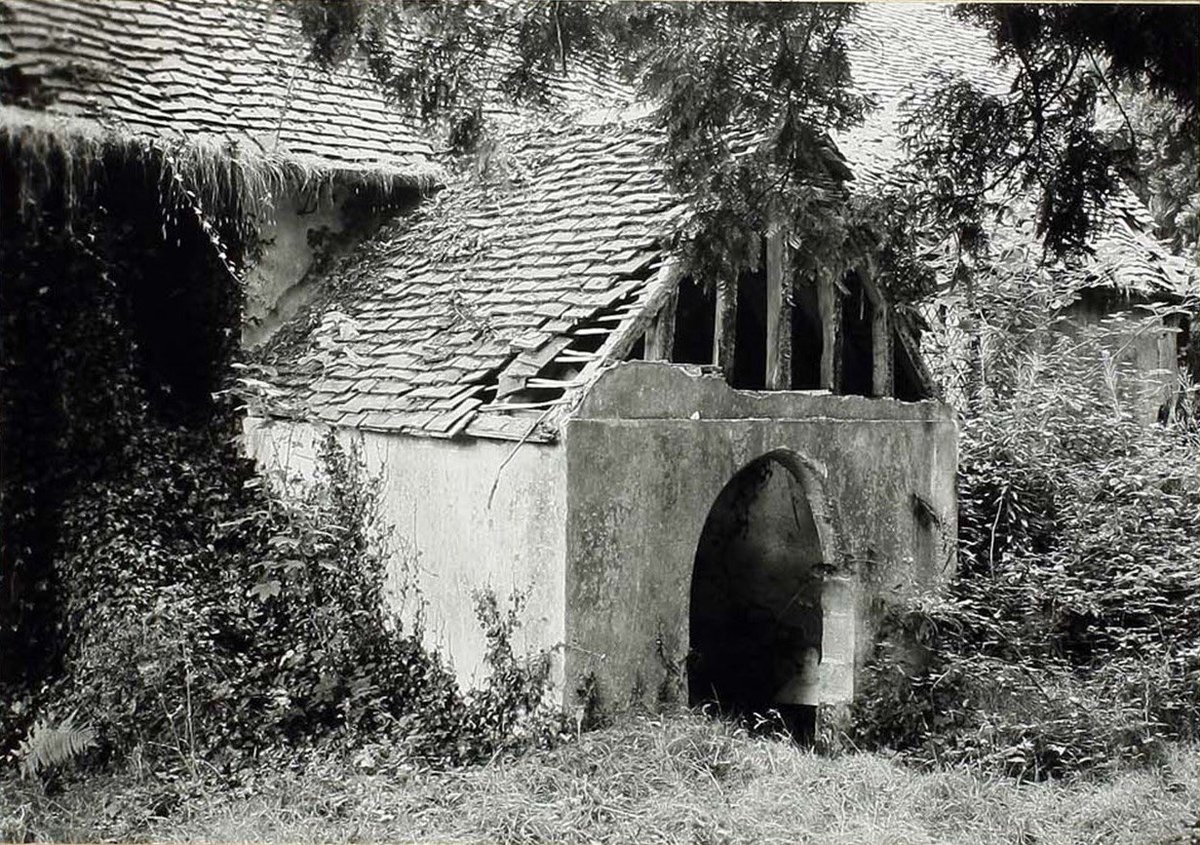
“When the snow lay round about, deep and crisp and even”
‘Good King Wenceslas’ is a rather odd carol. Who was Wenceslas, and why do we sing about him at Christmas?
#thread
⛪St Andrew's, Wood Walton, Cambridgeshire
‘Good King Wenceslas’ is a rather odd carol. Who was Wenceslas, and why do we sing about him at Christmas?
#thread
⛪St Andrew's, Wood Walton, Cambridgeshire
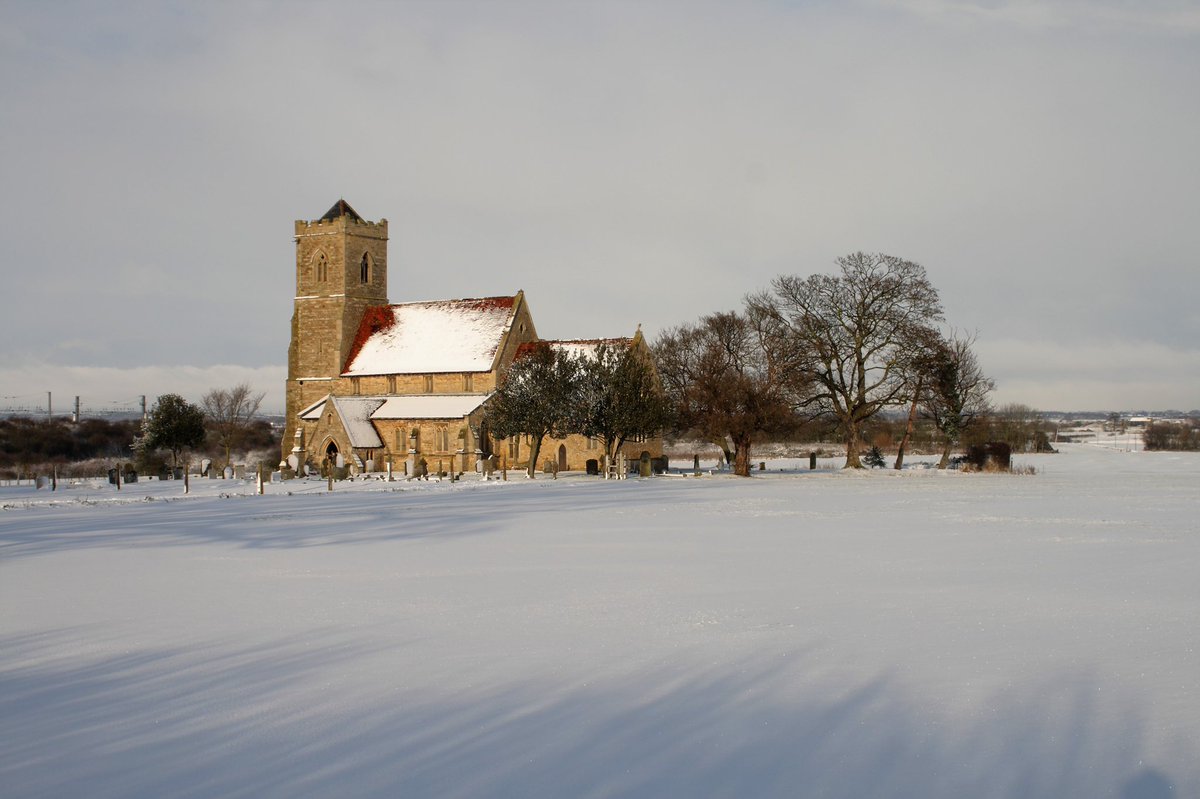
Wenceslas was a 10thC Duke of Bohemia (his name in his native Czech was Vaclav). When he was a teenager, his mother sent assassins to murder his grandmother, and then set herself up as Regent.
When Wenceslas turned 18 he banished his mother and took control, giving half of the country to his younger brother, Boleslaus. But on 28 Sept 935, his brother invited him to a feast, and then murdered him. 😱
It was all very Game of Thrones!
It was all very Game of Thrones!
Wenceslas was a devout Christian and was passionate about giving alms to the poor - widows, orphans, even prisoners. After his assassination by ‘Boleslaus the Cruel’, ‘Vaklav the Good’ was immediately venerated as a martyr. He was canonised, and posthumously made a King.
📷 Enfo
📷 Enfo
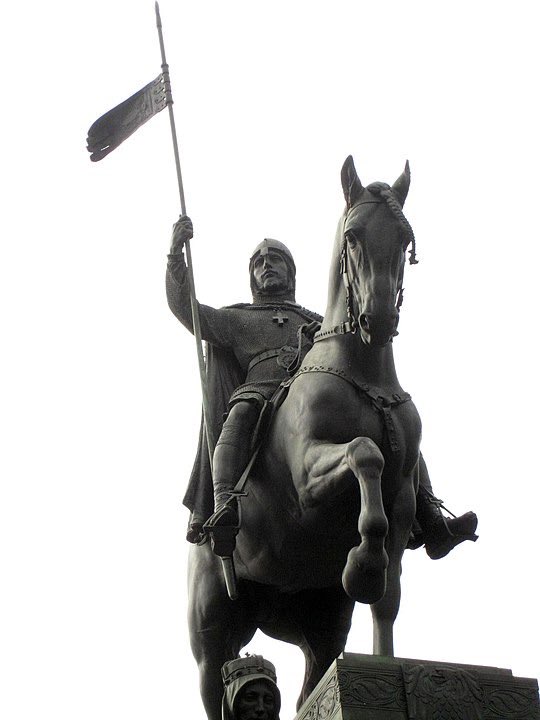
Fast forward to 1853, when prolific hymn writer John Mason Neale was looking for a carol for St Stephen’s Day (Boxing Day), a day of charity. 

Over the centuries, legends had sprung up around Wenceslas’s many charitable acts, often carried out barefoot, and one story told how his footsteps melted snow to make the way easier for his servant. Neale was inspired to write the lyrics for a carol, 'Good King Wenceslas'. 
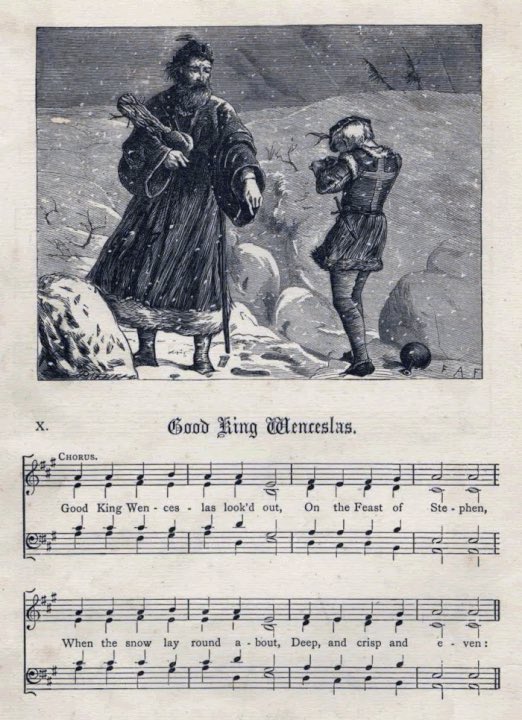
Neale set his lyrics, incongruously, to the music of a medieval spring dance, ‘Tempus Adest Floridum’ (now comes the time of flowers) - a poem which also features voluptuously in Carl Orff’s setting of the Carmina Burana. 
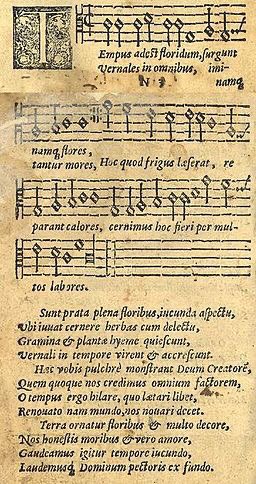
This Christian setting of winter words to a secular spring song has been criticised by numerous composers as an ‘unnatural marriage’.
Percy Dearmer, editor of the English Hymnal, hoped that the carol would ‘gradually pass into disuse, and the tune be restored to spring-time’.
Percy Dearmer, editor of the English Hymnal, hoped that the carol would ‘gradually pass into disuse, and the tune be restored to spring-time’.
But the hearty foot-stomping tune, evocative lyrics, and message of compassion continue to make this a favourite #ChristmasCarol year after year. Is it a favourite of yours?
⛪St John the Baptist, Allington, Wiltshire
⛪St John the Baptist, Allington, Wiltshire

• • •
Missing some Tweet in this thread? You can try to
force a refresh


















